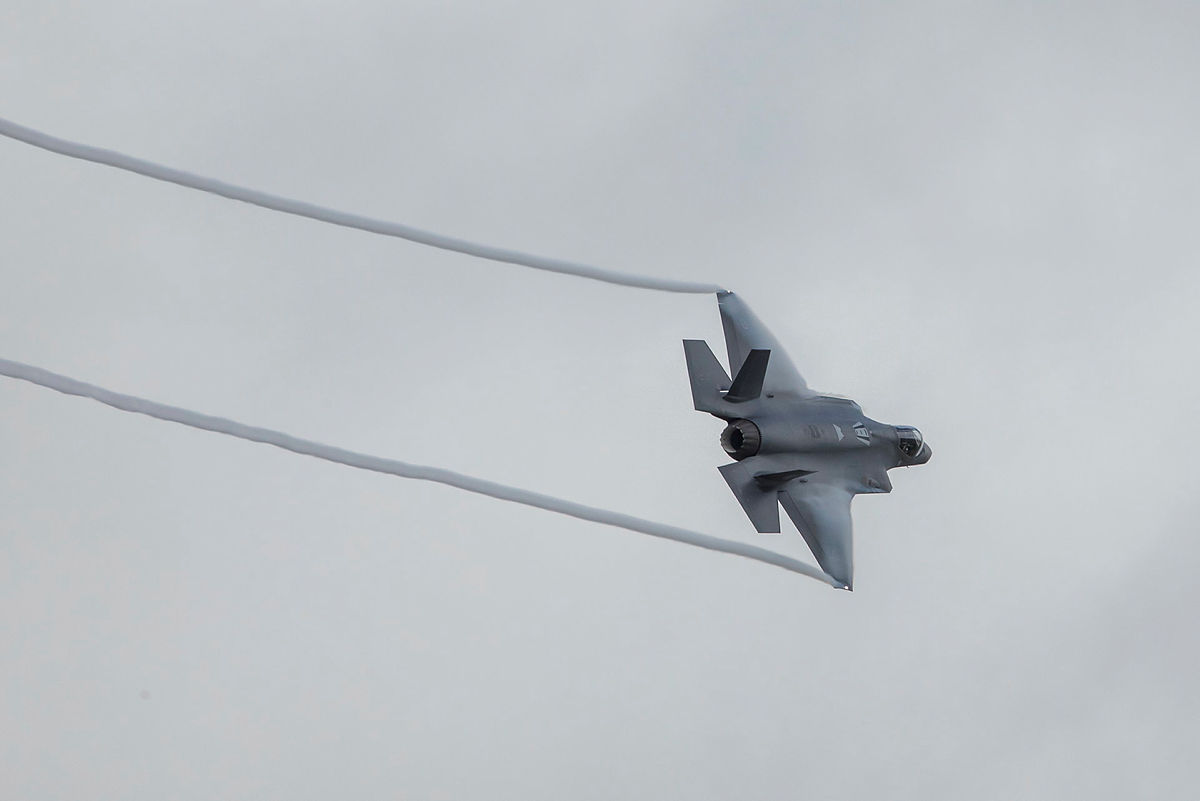
The evolving debate in the US about the future of the F-35A joint strike fighter may open up new opportunities for the Royal Australian Air Force to take a radically different direction in its future capability development.
Under Project AIR 6000 Phase 7, additional F-35As are one option under consideration, bringing the fleet up to a maximum of 100 aircraft in total. There now might be good reason to consider alternatives, rather than rush to embrace an all-F-35A capability.
The current debate in the US focuses on the high sustainment cost of the JSF, and whether the US Air Force really wants to depend so heavily on the aircraft as its core capability amid rising US–China strategic and military competition.
There’s also talk of reducing the USAF’s purchase of 1,765 aircraft, and even discussion about a clean-sheet design for a lightweight ‘fourth gen-plus/fifth gen-minus’ aircraft to replace the F-16, rather than buying more F-35As.
A recent US Government Accountability Office report on USAF F-35 sustainment and readiness suggests that full mission capable rates for the F-35A fall short of USAF requirements, at only 54% versus a 72% objective for the 2020 US fiscal year, while sustainment costs over a 60-year life cycle have increased steadily from $US1.11 trillion to $US1.27 trillion, leading to ‘a substantial and growing gap between estimated sustainment costs and affordability constraints’.
The report also notes ongoing challenges with logistics support emerging from the failure of the Autonomous Logistics Information System known as ALIS and notes the subsequent development of a replacement Operational Data Integrated Network, or ODIN, is encountering ‘myriad … technical and programmatic uncertainties’.
The GAO report suggests there are also challenges with the F-35’s engine, with a greater number of repairs taking longer than expected, reducing mission readiness further and driving up costs.
In terms of sustainment costs, the USAF will ‘need to reduce F-35A sustainment costs by 47 per cent’, in order to avoid multibillion-dollar funding gaps for a fleet of 1,192 aircraft by 2036.
These challenges cannot help but influence debate now emerging that could shape a USAF air combat review and the US Department of Defense 2023 budget. The prospect of escalating sustainment costs, and less than acceptable mission-capable rates will boost calls by proponents for reducing dependency on the F-35 in favour of a new platform.
This is occurring as the USAF is engaged in developing the Next Generation Air Dominance (NGAD) project to complement and ultimately replace both the F-35A and the older F-22 aircraft.
Central to success of NGAD is a new approach to capability acquisition called e-development.
That NGAD project, employing e-development based around synthetic design and testing, has already seen an actual physical demonstrator aircraft fly after a development period of three years.
As the RAAF considers its options for AIR 6000 Phase 7, these challenges in the US present opportunity not risk.
Rather than automatically defaulting to acquiring another 28 F-35As, the RAAF needs to seize the opportunity to embrace what might emerge from NGAD by the early 2030s and at the same time fully support the development of manned–unmanned teaming via the Boeing loyal wingman aircraft as a complementary capability to both the F-35 and a future air dominance system.
Above all else, the RAAF and Defence must shift gears to embrace rapid capability acquisition that epitomises e-development and the ‘digital century series’ of NGAD.
Delaying consideration of an F-35 replacement until the mid-2030s would be a mistake.
Instead, a ‘digital century series’ approach will allow Australia to keep pace with rapidly emerging threats and remain on a technological par with the US.
If the USAF does decide to avoid banking everything on the F-35A, it will be better for Australia to maintain a synergistic approach to capability development between the USAF and the RAAF.
That would boost our operational and geopolitical capital within the alliance beyond even what exists now and enable us to better respond to rapid adversary capability growth and technological surprise.
The time for new ideas and new thinking on future air combat capability is now.

